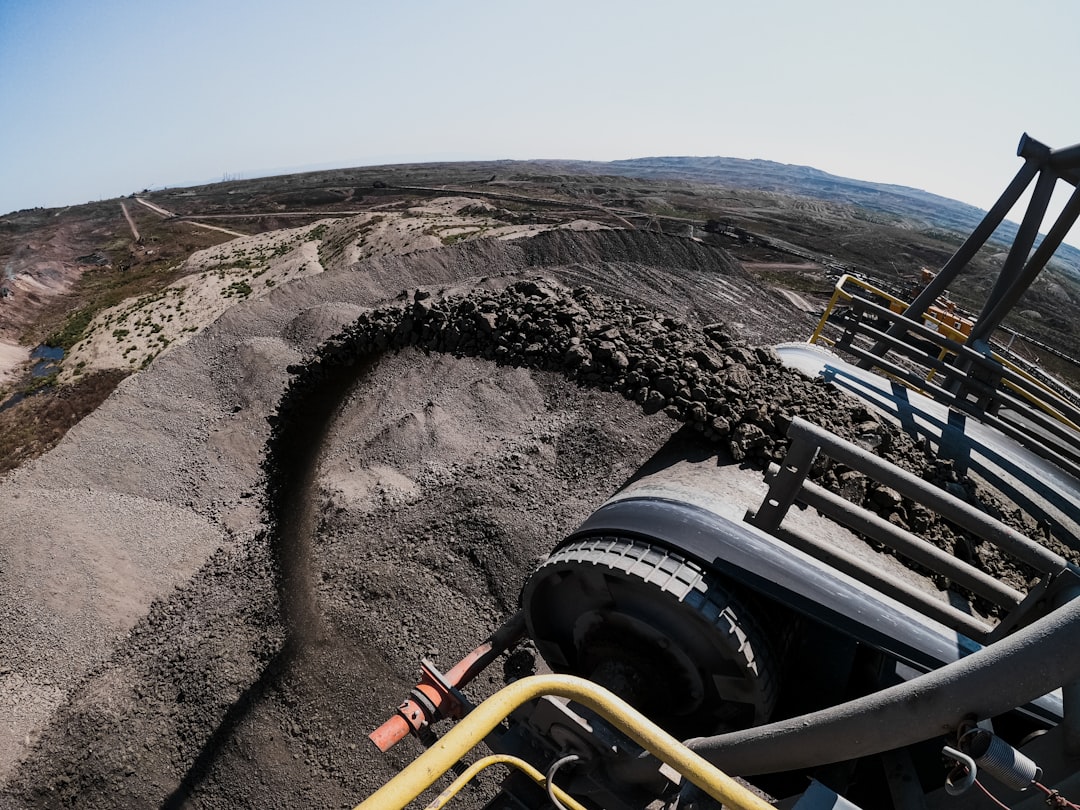What is it about?
The research explores the nature of the strategic process in small and medium-sized environmental organizations and the critical links to nature connection. We conducted 38 in-depth participant interviews and four group workshops covering 29 organizations (environmental charities and social enterprises). Participants were drawn from the executive team, managers and supervisory roles with an active role in the strategic process. What emerged is a deeply relational model of strategy linked to an embodied connection with nature, one that is full of surprises and unanticipated insights useful at both academic and practitioner level.
Featured Image

Photo by Noah Buscher on Unsplash
Why is it important?
The research shines a light on practitioner-based strategy in the environmental sector, demonstrating why and how the importance of a deep connection to nature drives the strategic processes. It explains why organisations are able to achieve so much, often with very limited resources, through an embodied connection with nature (‘hearts and minds’), a strong shared sense of mission and purpose, an alignment of deeply held shared values and an attention to both strategic thinking and planning. The research also generates a wealth of insights into how the participant organizations manage their strategic processes, guided by their fundamental connection to nature and shared values. Participant data is layered, interconnected and, above all, complex. It is often best understood from the bottom up rather than the top down. This includes how the organizations bridge the worldviews of internal and external stakeholders, how they forge a strongly shared sense of purpose, mission and vision and how they deal with the inherent tensions between strategic planning and strategic thinking.
Perspectives
Working from a practitioner level we found that we needed to put our preconceptions aside and simply observe and listen. When we did so we were richly rewarded. We entered into another world, one in which practitioners define their role and identity in terms of the difference they make. Strategy emerges to meet those requirements. The current global environmental and social crisis takes us into uncharted waters where change will emerge from bottom up as well as top down. Although the scale may be very different the findings arising from ground-level participant experience are insightful and can be tested more widely in the field. In this way non-generalisable research can impact the larger world and help us to make a difference on a collective and personal level.
Robert Gorzynski
Bangor University
Read the Original
This page is a summary of: Connection to nature and sustainability in small‐ and medium‐sized environmental organizations: A dynamic strategic thinking approach, Business Strategy and the Environment, September 2021, Wiley,
DOI: 10.1002/bse.2898.
You can read the full text:
Contributors
The following have contributed to this page










